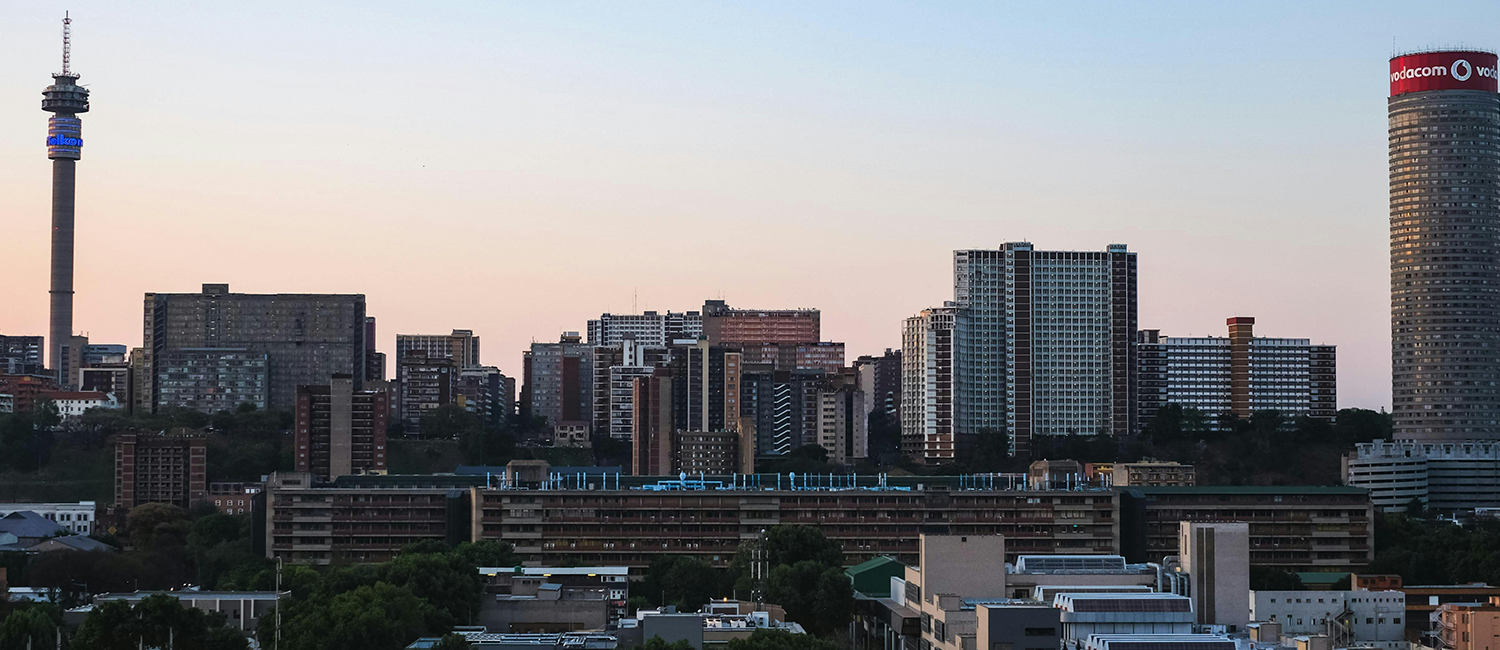A portrait of South Africa’s past and a testimony to its democratic present, Vilakazi Street’s museums and monuments are a must-stop for visitors to learn more about Soweto and the people who’ve lived, and live, there.
Vilakazi Street is a must-see for visitors who want to learn more about South Africa’s history. In Orlando West, Soweto, south of Johannesburg, the street boasts a number of cultural and historical sites making it a popular tourist destination.
The Hector Pieterson Memorial and Museum commemorates the role of the country’s students in the struggle against apartheid. It was here, on 16 June 1976, that apartheid police fired live bullets at school children marching from Naledi High School to Orlando Police Station to hand over a memorandum protesting the use of Afrikaans as a medium of instruction in schools.
The memorial site is just a few blocks from where 12-year-old Hector Pieterson, one of the first victims, was injured. He died shortly after being shot.
Phefeni Secondary School, one of the first schools where children boycotted substandard education, is now where Soweto’s first television station, Soweto TV, sits.
RED-BRICK HOUSES
A distinct feature on the street are the matchbox red-brick houses among the first to be built in Soweto in the 1940s; without electricity, leaving residents to use fire for cooking and heating, the houses are a reminder of early township living conditions.
Two other significant buildings sit on the street; the former homes of Nobel Peace prize winners Desmond Tutu, and recently deceased former South African president, Nelson Mandela.
Mandela passed away peacefully on 5 December at his home in Houghton.
The Mandela home is now the Mandela Family Museum. The house is one of the biggest tourist attractions in the city, drawing travellers, such as heads of state, from abroad and local residents wanting a glimpse into the former elder statesman’s early life.
Mandela moved into the house with his first wife, Evelyn Ntoko Mase, whom he divorced in 1957; from 1958 he was joined there by his second wife, Nomzamo Winifred Madikizela. But his time in the family home was short-lived; he went underground in 1961, and then left the country for military training in 1962. He only returned to the house in 1990, spending just 11 days there, after having being imprisoned for 27 years for his belief in equality and freedom for all.
Madikizela-Mandela continued to live in the house with their daughters until she was banished from Soweto in 1977.
Tutu, a retired Anglican bishop, still stays in his Soweto house when he is in Johannesburg. An opponent of apartheid, he is respected globally as a vocal and staunch social rights activist.

